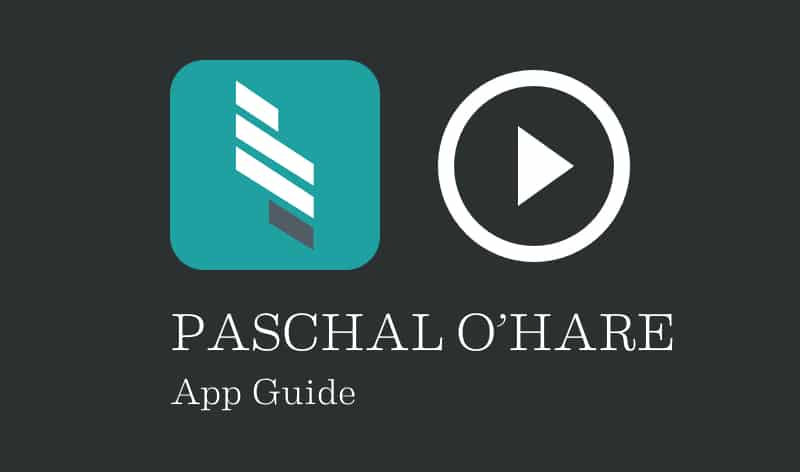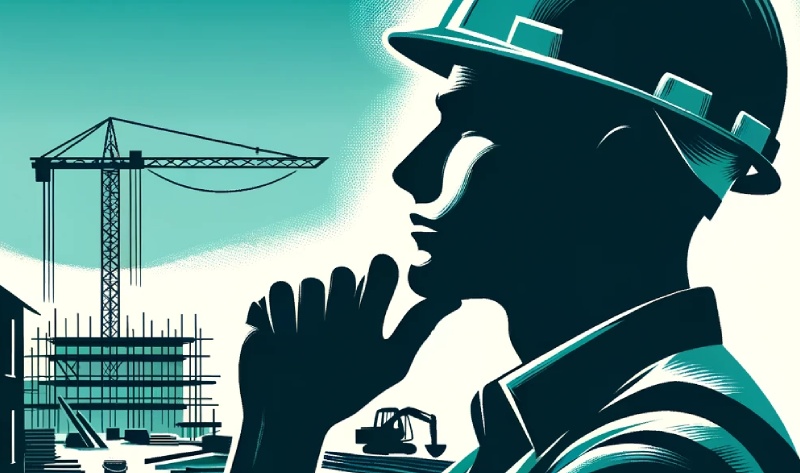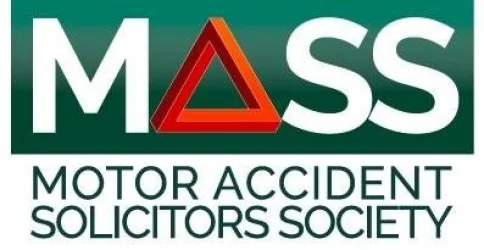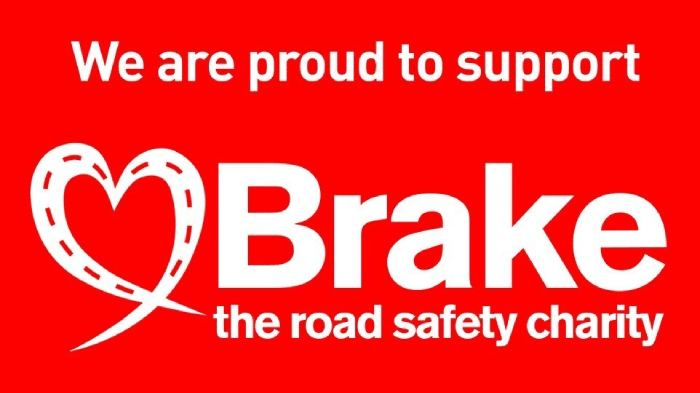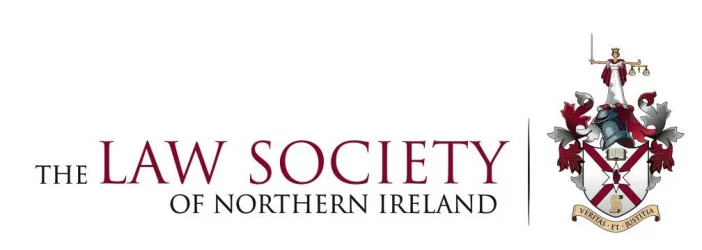Guest Blog
We invited TransMed Services Ltd to advise on dealing with some of the more common injuries resulting from accidents at work in a four part guest blog series. This is the fourth and final part.
Part 4 – Choking
I’m James McMahon, Managing Director of Belfast based independent ambulance service, Transmed Services Ltd. Amongst other services, we provide first-aid training to businesses that have need of a dedicated workplace first-aider. To provide the best possible service to our clients we research trends and have thus identified common workplace incidents which we have shared in this four part guest blog series. I’m now concluding the series with a type of accident that requires immediate action to prevent serious injury or even death. I’ll be writing about:
Choking
Choking occurs when a person’s airway suddenly gets blocked resulting in the inability to breath. Choking can either be mild or severe depending on how much of the airway is blocked.
Mild Choking
If the airway is only partly blocked the person will usually be able to speak, cough or breathe. It’s likely that they will be able to dislodge the object themselves. To assist them, the first-aider should:
- Encourage the person to forcibly cough.
- Look at and into their mouth and tell them to spit if the object leaves the throat and enters the mouth.
- Avoid putting fingers or another object into their mouth.
If coughing does not work, the first-aider should begin back blows (detailed below).
Severe Choking
You will know if the choking is severe if no air is passing through the person’s airway. They will not be able to speak, cough or breathe. Without immediate help the person choking will lose consciousness. You, the first-aider, should:
- Stand behind the person, slightly to one side. Using your non-dominant hand, support the chest and lean them forwards slightly.
- Using the heel of your dominant hand, give five sharp blows between the person’s shoulder blades.
- Check if the blockage was successfully cleared.
- If it has not, proceed with abdominal thrusts.
- DO NOT give abdominal thrusts to a pregnant woman.
- Stand behind the choking person and place your arms around the bottom of the rib cage.
- Lean them forward and place the notch of your thumb of your dominant hand in between the ribs, at the base of the sternum.
- Place your other hand over your fist and pull sharply inwards and upwards. Repeat this movement five times.
Should the blockage dislodge at this point, well done, you probably just saved the life of a colleague. However, they may not be out of the woods just yet as certain complications chould arise. Should the person that choked develop a cough or feel that something is still stuck in their throat they should seek urgent medical help. If abdominal thrusts were necessary, they should visit their GP for an examination, to ensure the life-saving tactic did not cause injury.
- If the blockage remains unclear, call 999 immediately.
- Repeat the back blows and abdominal thrusts in a 5×5 cycle.
Should these attempts fail and the patient loses consciousness, begin compression only CPR. Compression only CPR forgoes the rescue breaths because the windpipe is blocked. The compressions may well dislodge the blockage by way of positive pressure within the ribcage.
- Place the heel of your hand on the centre of the sternum (breastbone) and place your other hand above it.
- With straight arms, using your body weight, press straight down around 5cm then allow the chest to return to normal.
- Repeat these compressions at a rate of 100 to 120 per minute (“Staying Alive” is a good way of keeping the correct rhythm).
Although the prospect of performing CPR might be daunting, the emergency call handler will provide step-by-step instructions and help keep you right. Continue the compressions until the ambulance arrives at the scene and relieves you. Thus concludes the first-aid for a choking person.
This blog post was the final addition to our four part guest series for Paschal O’Hare Solicitors. You can find the other parts of the series linked below and should you wish to formally expand your first-aid knowledge you can contact me directly through www.transmedservices.co.uk.
We hope you enjoyed the medic’s first aid advice series and if you ever see us out and about on duty come say hello. Thanks for reading!
James
This is the fourth and final post in a series of guest blog posts.
Part 1. Fractures by Andrew Moore
Part 3. Strains & Sprains by Blair Elliot
James has almost a decade of experience in pre-hospital settings and founded TransMed Services in 2015. The content produced by him does not constitute as recognised first-aid training and it should be viewed as informational only.
If you had an accident at work we can help. Click here to learn more about our services or contact us for a free no obligation enquiry.

